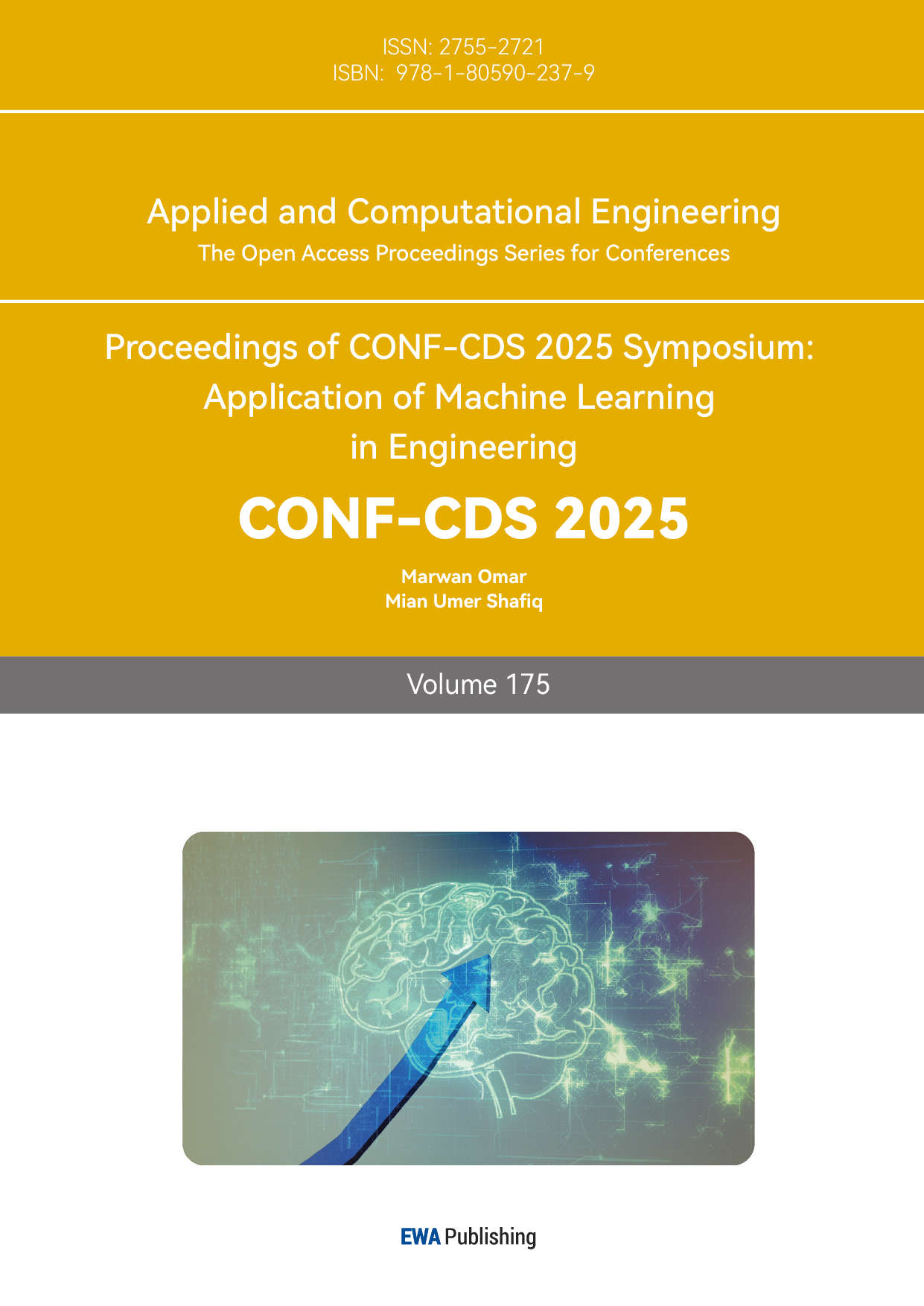References
[1]. Long, Jonathan, Evan Shelhamer, and Trevor Darrell. "Fully convolutional networks for semantic segmentation." Proceedings of the IEEE conference on computer vision and pattern recognition. 2015.
[2]. O Pinheiro, Pedro O., Ronan Collobert, and Piotr Dollár. "Learning to segment object candidates." Advances in neural information processing systems 28 (2015).
[3]. Cai, Zhaowei, and Nuno Vasconcelos. "Cascade r-cnn: Delving into high quality object detection." Proceedings of the IEEE conference on computer vision and pattern recognition. 2018.
[4]. Bolya, Daniel, et al. "Yolact: Real-time instance segmentation." Proceedings of the IEEE/CVF international conference on computer vision. 2019.
[5]. Wang, Xinlong, et al. "Solo: Segmenting objects by locations." European conference on computer vision. Cham: Springer International Publishing, 2020.
[6]. Xie, Enze, et al. "Polarmask: Single shot instance segmentation with polar representation." Proceedings of the IEEE/CVF conference on computer vision and pattern recognition. 2020.
[7]. Carion, Nicolas, et al. "End-to-end object detection with transformers." European conference on computer vision. Cham: Springer International Publishing, 2020.
[8]. Cheng, Bowen, Alex Schwing, and Alexander Kirillov. "Per-pixel classification is not all you need for semantic segmentation." Advances in neural information processing systems 34 (2021): 17864-17875.



